Sedum Autumn Joy. This tall sedum grows in the laneways and ditches around town but that is no reason to scorn it. In early August, it produces flower heads of an old fashioned purple-pink colour. A long bloomer, it is one of the last to die with the frost. In September, when all the garden is browning and few cut flowers are available, Autumn Joy makes a fine bouquet to bring inside along with other tall late-blooming flowers such as baby breath, late sweet peas and sea lavender.
Phlox. The abundant rain has given me abundant phlox. The white admiral has never been so bushy. The amethyst phlox will have to be divided for the first time in its life. Its bright mauve flower heads will gradually fade to an old fashioned pastel. I love the mown hay scent of phlox. However, as soon as it starts blooming, a greyish white talcum powder develops on the leaves. This is powdery mildew which can attack delphiniums, small fruit trees and even lawns. I have a sulphur powder to sprinkle on the plant. Unfortunately, it too is white in colour but one application usually defeats the mildew and the next rain washes off the powder.
I do not cut down the phlox when it gets mildew but I cut and destroy any other plant that gets a disease. Something is browning the leaves of a red leafed rose (rosa glaucous) in the front yard. For safety’s sake, I will cut it back. This plant is so hardy, it can take the cut.
Climbers. Canary Vine (also called Canary Creeper of Canary Bird Flower) is the fastest growing annual vine I know. It clambers over the nets on the back shed and sets starry yellow flowers in August. The Dropmore Scarlet Trumpet Honeysuckle climbs the lattice fence without benefit of a net. For the first year in its six year existence, it creates a show. No flowers, but it is alive and thrives. Patience is indeed a virtue with some plants.
Goat’s Beard. Even though the fronds of white flowers are now finished, the tiny petals do not drop but stay on the plant in graceful curves. This is a magnificent plant for the shade. At three feet tall and three feet wide, this mass of dark green leaves with beige- white panicles gracefully arching above fills a dark corner. Also, it is a toughie. Nothing seems to eat or defeat it.
Bugs days. In August, many perennials have finished blooming and are fattening themselves up for winter, stretching roots and leaves and taking over any available space. At the same time, many plants cease producing the chemicals which are their defence against bugs. They become vulnerable to chewing, biting and cutting insects. . Yesterday, I heard the familiar sound of a grasshopper, a sound like a little wind-up toy, and I know somewhere, I will find the bitten leaves. This year I have had no aphids in my garden – yet. They are out there on the breeze and one day they will blow into town. The Safer’s Soap is ready. Also the slug families are at their most numerous. Lots of dark places lure them to hide away in the day. In the early morning I see their slime trails on the patio bricks. I found a slug nest under a rhubarb leaf that was drooping on the ground. As usual I ran for the “Spritz of Death,” a mixture of vinegar and water that I keep in a spray bottle in the shed.
Tip. Now is the time to prepare for bug invasions. Keep the bird bath filled and the feeders primed in order to attract the first line of defence against bugs - the birds. They are so effective you might never have to spray.
Subscribe to:
Post Comments (Atom)

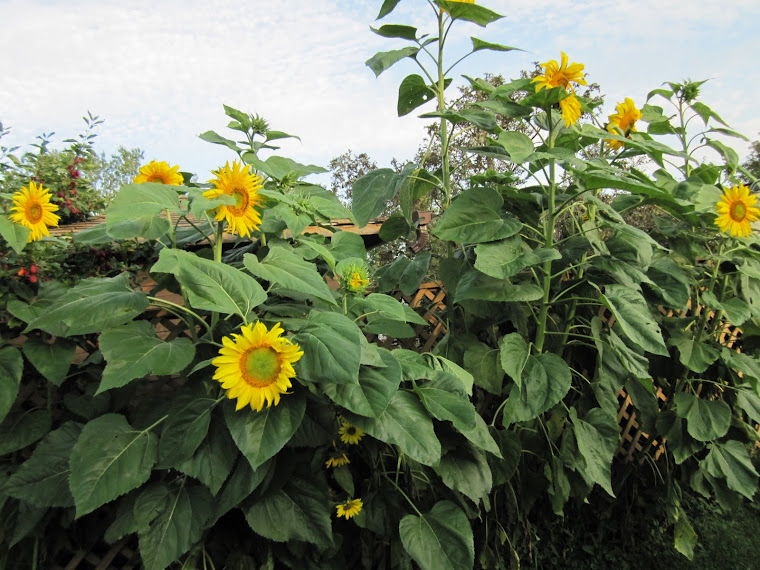

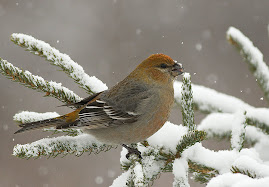



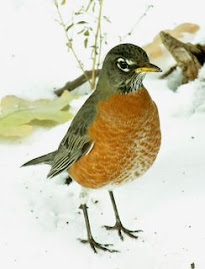


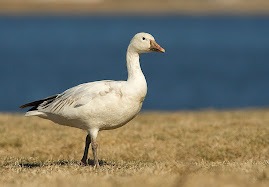




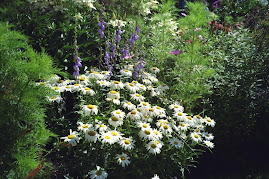
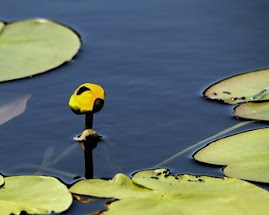


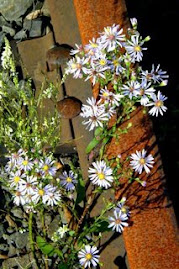
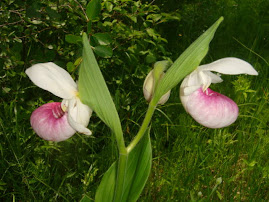
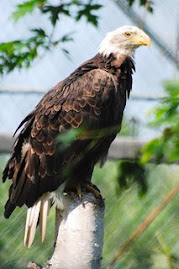
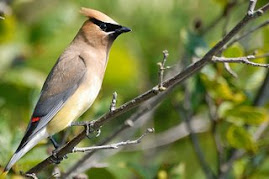
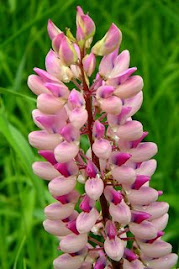
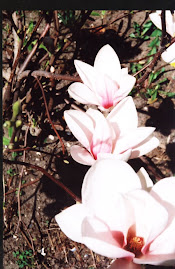
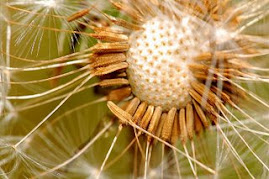
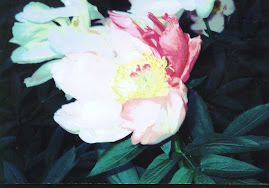
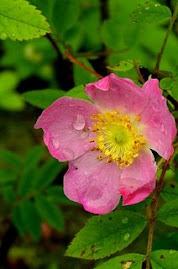



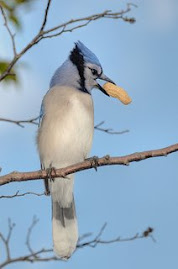



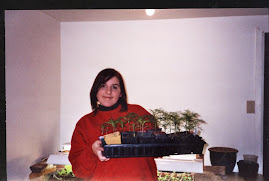
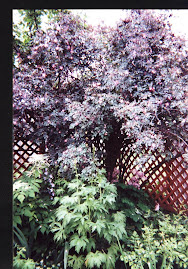
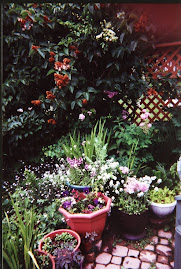

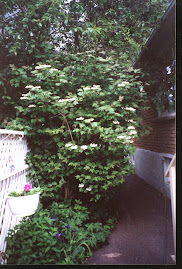
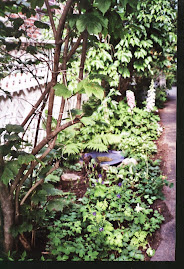


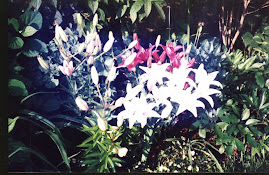




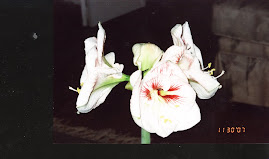




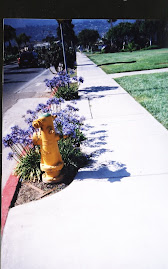

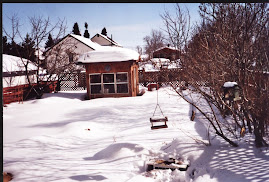
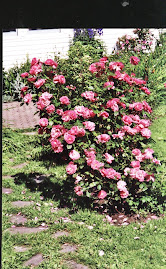
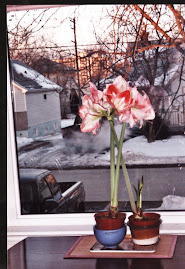

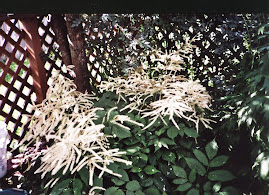








No comments:
Post a Comment